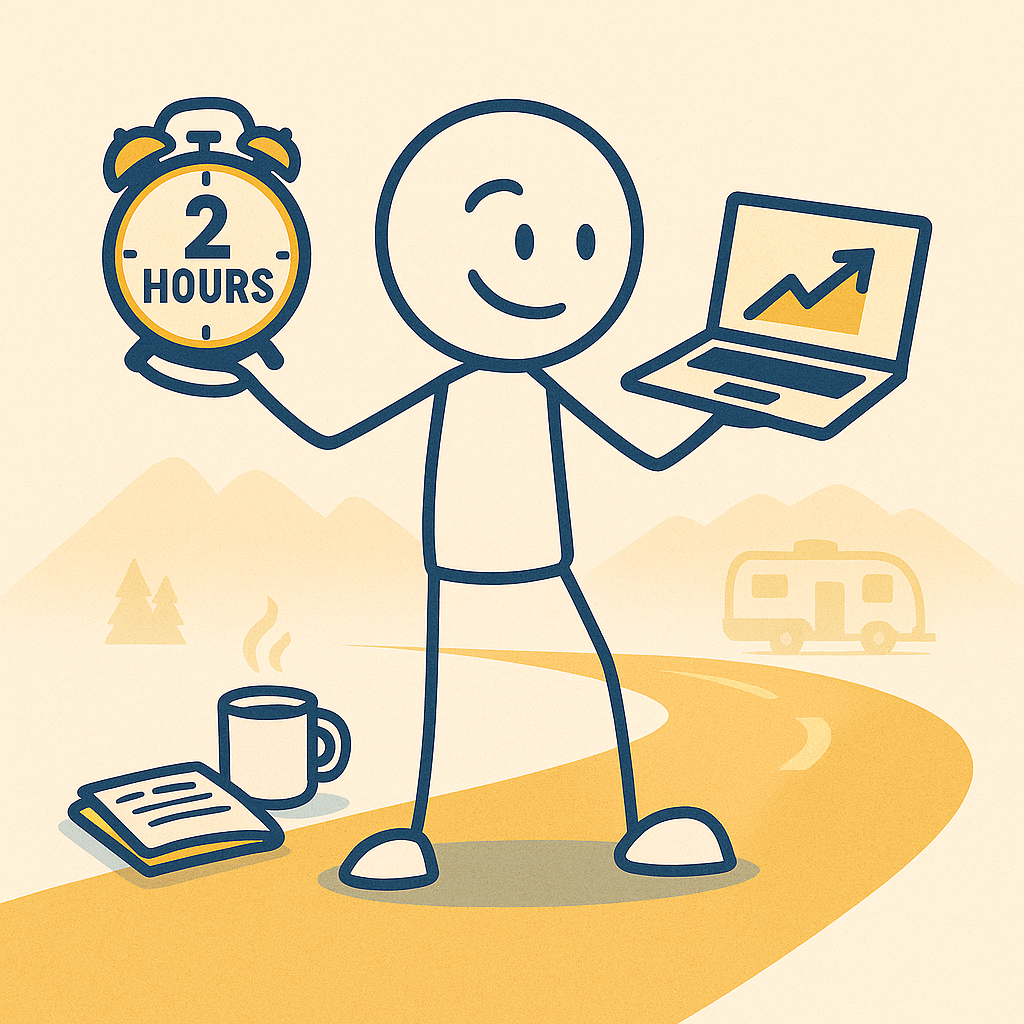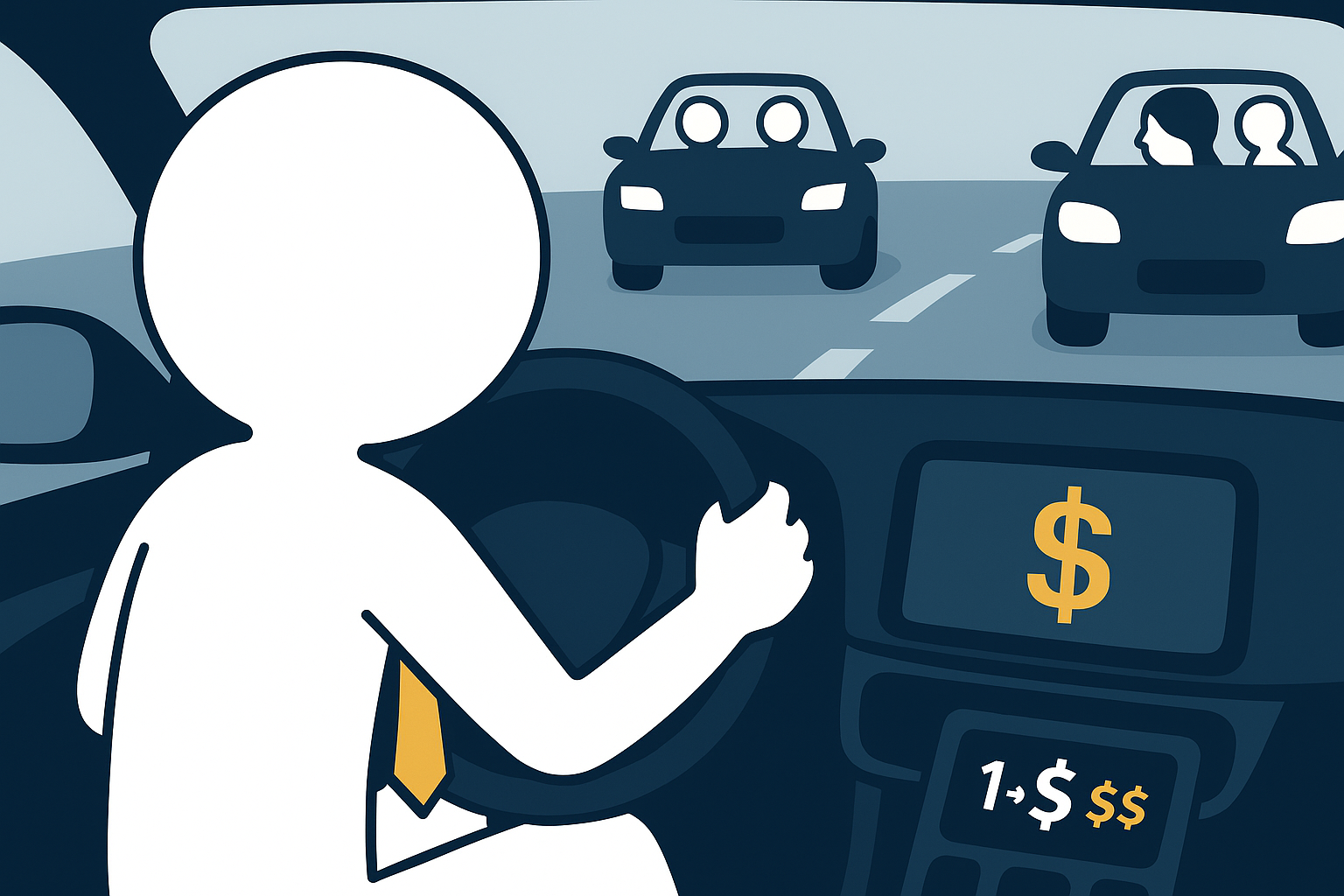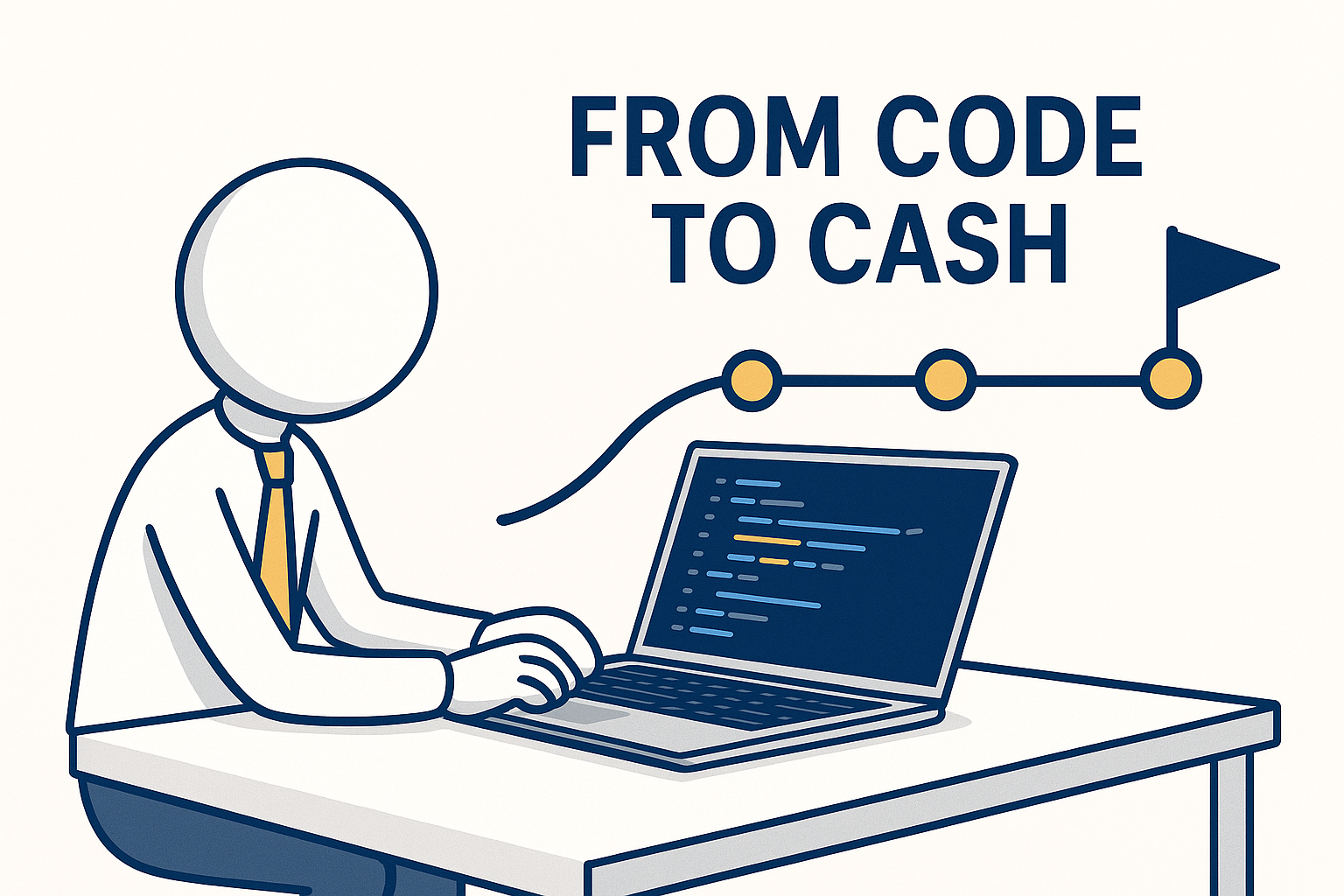When I built my very first website, I thought I was doing something groundbreaking. It was back in my MLM days — I was with LegalShield — and I’d decided I was going to build a funnel on Wix. I had the enthusiasm, the motivation, and absolutely no idea what I was doing.
The result? Buttons that went nowhere, a headline that didn’t match the offer, and a layout that looked like it was built by a sleep-deprived squirrel. In other words: a total mess.
But that disaster taught me something important — if I wanted to actually succeed online, I needed to learn from people who had done it before. That’s when I stumbled across Wealthy Affiliate. Their free training made something finally click. I realized I could build something real, without knowing a single line of code, and without wasting time on the wrong tools.
The Truth About Starting with No Experience
Here’s the thing nobody tells you when you’re new: everybody starts clueless. I did. So did every full-time affiliate you follow today. The only difference is, they stuck with it long enough to figure things out.
When I started my first affiliate site — EverythingRVsandMore.com — I had all the same fears most beginners do:
- “What if I’m not tech-savvy enough?”
- “When do I add affiliate links — and how many is too many?”
- “What if I do it wrong and look unprofessional?”
I worried about everything except the one thing that actually mattered — starting.
If you’re in that same spot, I’ve got good news: you can absolutely do this, even if the idea of “coding” gives you hives. You just need to follow a real process — not random YouTube tutorials stitched together.
What Affiliate Marketing Actually Is (In Plain English)
Affiliate marketing is simply recommending products or services you believe in, and earning a commission when people buy through your link. That’s it. You don’t handle customer support. You don’t ship anything. You’re the bridge between the problem and the solution.
When someone reads my RV blog and clicks on a link for something like a Campspot campground or a Booking.com deal, I earn a small commission. It’s a win-win — they find what they need, and I get rewarded for helping them discover it.
Affiliate marketing isn’t about chasing commissions — it’s about creating value so obvious, people want to follow your recommendations.
Step-by-Step: How to Start an Affiliate Website (Even if You’ve Never Built One)
Let’s break this down into ten actionable steps. Follow them in order, and by the end, you’ll have a foundation strong enough to grow from.
1. Pick a Niche You Actually Care About
Your niche is the topic your entire site revolves around. Think of it as the “theme” of your business. The easiest way to choose? Use what I call the campfire test — if you’d talk about it with friends around a fire, it’s a good niche.
For me, it was the RV lifestyle. My family and I live it, breathe it, and can talk about it for hours. That’s why my site felt natural from day one. It wasn’t forced; it was personal.
2. Research Demand (Without Getting Overwhelmed)
Don’t panic about keyword tools yet. The easiest place to start is Google. Type in your niche ideas and see what people are asking. Wealthy Affiliate’s built-in keyword research tool also makes this painless. You’re looking for “evergreen” topics — things people always search for, year after year.
3. Choose the Right Platform (Don’t Overcomplicate It)
I started on Wix. I thought I was saving money and time. Spoiler: I wasted both. What I didn’t realize was that building a business requires more than a pretty website — you need hosting, training, support, and strategy all in one place.
That’s why I moved to Wealthy Affiliate. They gave me everything under one roof, from website setup to SEO lessons. And I’ve been using it ever since.
4. Set Up Your Site (Your First 30 Minutes)
This part’s easier than you think. Inside Wealthy Affiliate, go to “Websites” → “Build a Website.” Choose a name, pick a theme, and hit launch. That’s it. You’ll have a functioning website live on the internet within half an hour.
Want a detailed walkthrough? Kyle’s free training explains exactly how to choose your niche and build your first business hub, step-by-step.
Follow the Step-by-Step Guide5. Learn How to Write Content That Feels Real
Write like you talk. Forget about impressing Google — impress your reader first. If you wouldn’t say it out loud, don’t write it that way. Use your own experiences to bring your posts to life. That’s how trust is built, and trust is what drives clicks.
6. Understand Affiliate Links (And When to Use Them)
When I first started, I was terrified of affiliate links. I didn’t know where to put them or how many was too many. My rule now? Help first, promote second. If your content solves a problem, the link becomes a natural part of the solution.
7. Add Value Through Tools and Reviews
One of my favorite ways to add value is by sharing the tools I actually use. This page lets readers see what’s working for me — from hosting to video editing to analytics — and decide what they want to try for themselves. Honest reviews convert better than hype every time.
8. Learn Basic SEO Without Overthinking It
SEO (Search Engine Optimization) sounds complicated, but it’s mostly common sense. Make sure your title explains your post, your paragraphs answer a question, and your images have descriptive alt text. Wealthy Affiliate’s training walks you through all of this step by step, and it’s easier than it looks.
9. Build Consistency (Not Perfection)
Here’s the part most people skip — showing up. You’ll tweak your design, your menu, even your theme a dozen times. I still do, and I’ve been at it since 2022. The goal isn’t perfection; it’s progress. Keep publishing. Keep learning. Keep testing.
10. Join a Community That Has Your Back
Trying to figure everything out on your own will slow you down. That’s why being part of a community like Wealthy Affiliate matters so much. You get access to feedback, classes, and people who’ve already been where you’re heading. It’s like having a mentor in your pocket 24/7.
The Aha Moment — What I Wish I Knew Earlier
It took me years to realize that building a website is never “done.” It’s like maintaining an RV — there’s always something to improve, polish, or upgrade. But that’s what makes it fun. Every small tweak brings you closer to mastery.
“If you treat your website like a project instead of a finished product, you’ll never stop improving it — and that’s the real secret to growth.”
Common Mistakes Beginners Should Avoid
- Over-customizing too early. Your logo doesn’t make you money — your content does.
- Copying other sites. Readers come to you for your voice. Don’t water it down.
- Ignoring keywords. Learn to speak your audience’s language.
- Forgetting about value. Affiliate links don’t work without trust.
- Going it alone. Community feedback saves you months of trial and error.
What to Expect in Your First Six Months
Here’s a realistic breakdown of what growth might look like if you stick with it:
- Months 1–2: Build your site, learn the basics, write your first 10 posts.
- Months 3–4: Start ranking for small keywords, improve your SEO.
- Months 5–6: Refine your content strategy, test affiliate offers, and start seeing your first conversions.
It’s not magic — it’s momentum. And once that momentum starts rolling, you’ll feel it.
Final Thoughts: If Old Dogs Can Learn New Tricks…
When I look back on that first Wix funnel — and the chaos it was — I can’t help but laugh. I had no idea what I was doing, but I started anyway. That’s what made all the difference.
If you’ve been putting this off because you think you need experience, I promise — you don’t. What you need is a plan, a community, and the willingness to learn by doing.
Ready to start your first affiliate website?
You don’t need coding skills — just curiosity, commitment, and the right guidance.






Leave a Reply